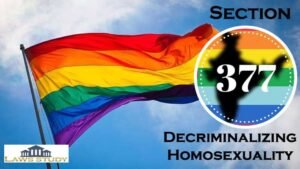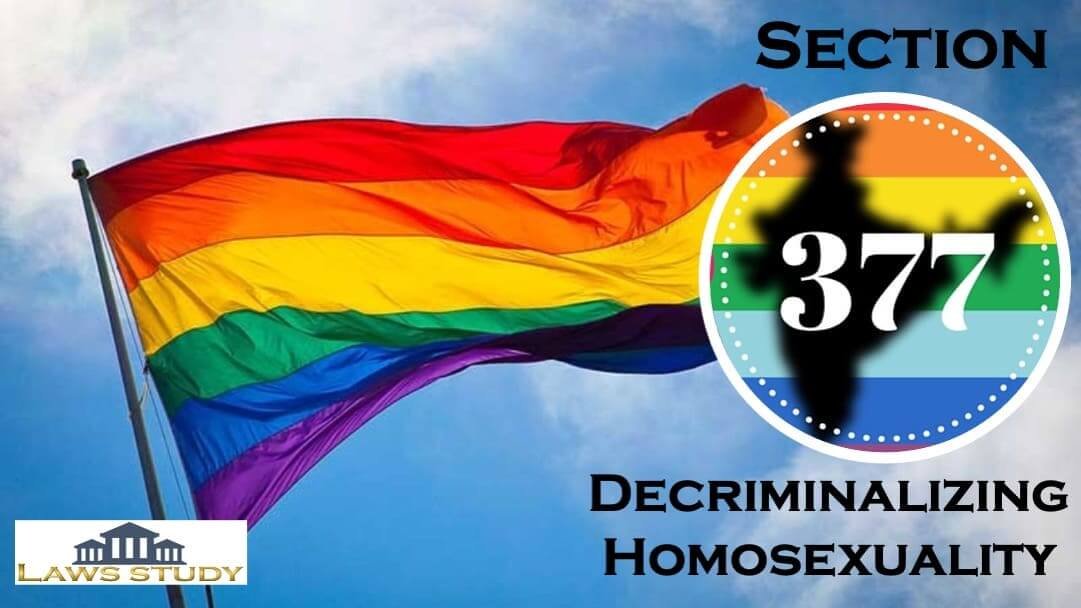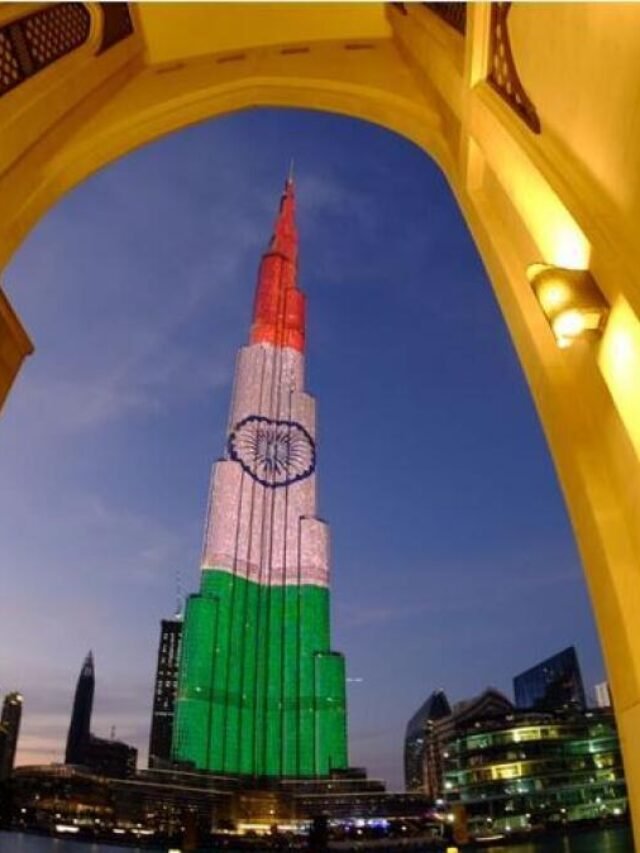Sec 377 Decriminalizing Homosexuality in India
The decriminalization of homosexuality in India represents a remarkable legal journey that spans over a century.
This transformation in legal recognition and societal acceptance has been a beacon of hope for LGBTQ+ individuals who, for decades, faced the oppressive shackles of Section 377 of the Indian Penal Code. This archaic law, dating back to 1861, criminalized same-sex relations, infringing upon the fundamental rights of countless individuals.
In this comprehensive exploration, we delve into the historical context, legal battles, and societal shifts that culminated in the historic ruling of Navtej Singh Johar vs. Union of India in 2018.
Section 377: Historical Roots
The story of decriminalizing homosexuality in India begins with the enactment of Section 377 of the Indian Penal Code in 1861 during the colonial era. This statute, which criminalized “carnal intercourse against the order of nature,” effectively targeted homosexual acts and consensual same-sex relationships. This regressive law was a grim reminder of British colonial moral values imposed on India and persisted well into the post-independence period.

Early Challenges: Naaz Foundation vs. Government of Delhi
The first significant challenge to Section 377 came in the form of the Naaz Foundation vs. Government of Delhi case in the Delhi High Court. In this landmark case, the Delhi High Court took a bold step in 2009 by ruling that Section 377 was a violation of fundamental rights, including the rights to equality, freedom of expression, and life with dignity. The court’s decision resonated deeply with LGBTQ+ activists, as it recognized the inherent discrimination perpetuated by the law.
Setback in 2013: Supreme Court’s Ruling
Despite the initial glimmer of hope provided by the Delhi High Court’s judgment, the LGBTQ+ community faced a severe setback in 2013 when the Supreme Court of India overturned the High Court’s decision.
The apex court cited that the issue pertained to a “minuscule fraction” of the population and thus did not merit legal protection. This ruling was met with widespread disappointment and fueled the determination of activists and allies to fight for their rights.
Recognition of the Third Gender
Amidst these legal struggles, a significant milestone was achieved in 2014 when India formally recognized transgender individuals as a third gender. This recognition marked an important step towards acknowledging and respecting the diversity of gender identities within the country. While this recognition did not directly address the decriminalization of homosexuality, it signaled a growing awareness of gender diversity.
Right to Privacy and Identity: Puttaswamy Case
The legal landscape surrounding LGBTQ+ rights in India experienced a significant shift in 2017 with the Puttaswamy case. In this case, the Supreme Court of India declared the Right to Privacy as a fundamental right, enshrined within Article 21 of the Indian Constitution. Importantly, the court recognized that sexual orientation is an integral aspect of one’s identity, setting the stage for reconsidering the validity of Section 377.
Historic Overturning: Navtej Singh Johar vs. Union of India (2018)
The most pivotal moment in the journey towards decriminalizing homosexuality in India occurred in 2018 when the Supreme Court of India, in the case of Navtej Singh Johar vs. Union of India, rendered a historic judgment. This ruling marked the culmination of years of legal battles and activism.
Legal Basis for Decriminalization
sec 377 Decriminalizing Homosexuality in India: The Supreme Court’s decision to strike down Section 377 was firmly rooted in constitutional principles. The court deemed Section 377 to be irrational, arbitrary, and unconstitutional. It emphasized that criminalizing private, consensual same-sex conduct infringed upon the freedom of choice and expression, which are guaranteed under Article 19 of the Indian Constitution.
Furthermore, the judgment asserted that LGBTQ+ communities have the Right to Equality under Article 14, prohibiting discrimination based on sexual orientation.
Scientific and International Perspectives
The Supreme Court’s ruling also reflected a growing understanding of homosexuality from scientific and international perspectives. The court acknowledged that homosexuality is not “against the order of nature.” In fact, it is documented in approximately 1,500 species and is not unique to humans.
Importantly, the court recognized that homosexuality is not a mental illness or a moral depravity, a notion that had been stigmatized for years. This recognition was in alignment with the Mental Healthcare Act of 2017, which destigmatized homosexuality as a mental illness.
International Standards
From an international perspective, India’s decision to decriminalize homosexuality aligned with established human rights norms. Discrimination on the grounds of sexual orientation or gender identity is strictly prohibited under international law, as stipulated in Article 6 of the United Nations Charter. India’s commitment to these principles demonstrated its growing recognition of LGBTQ+ rights on the global stage.
Inclusivity and Individual Identity
The Supreme Court’s judgment went beyond legal technicalities; it underscored the importance of inclusivity and respecting individual identity. The court emphasized that the Constitution’s fundamental rights are guaranteed to every person, not just the majority or citizens. This crucial distinction highlighted the universality of human rights and the obligation of the state to protect them. The judgment emphasized that individuals should not be compelled to conform to societal norms but should be respected for who they are. In the famous words of the judgment, “I am what I am, so take me as I am.”
Conclusion sec 377 Decriminalizing Homosexuality in India
The decriminalization of homosexuality in India represents a profound legal and societal transformation. It is a testament to the perseverance of LGBTQ+ activists and allies who fought tirelessly for their rights.
The journey from the oppressive grip of Section 377 to the landmark ruling in Navtej Singh Johar vs. Union of India in 2018 has been a beacon of hope for LGBTQ+ individuals in India and around the world. It underscores the power of the law to bring about social change and the importance of upholding fundamental rights and individual identities.
The legal journey towards recognizing LGBTQ+ rights in India is a powerful reminder that progress is possible even in the face of longstanding discrimination and prejudice.

























